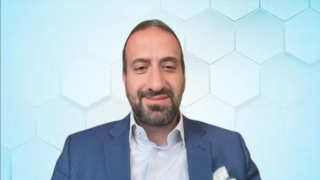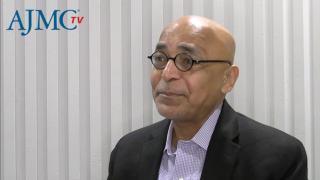
Providers
Latest News
Latest Videos

Podcasts
CME Content
More News
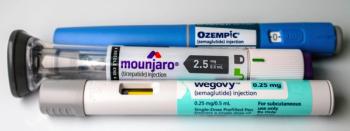
Experts at the Skin of Color Update highlighted the potential benefits of GLP-1 RAs in managing obesity, as well as psoriasis and hidradenitis suppurativa symptom management.

Allergen immunotherapy was associated with reduced medication use and improved asthma control for up to 9 years.

The authors explore the limitations of the current system of revisit interval assignment and discuss the importance of standardization to optimize patient health care outcomes.

Lindsey Valenzuela, PharmD, explains how atypical symptoms, research gaps, and care inequities delay arrhythmia detection in women.

Telemedicine improved the quality of life and inhaler technique among patients with advanced-stage chronic obstructive pulmonary disease (COPD).

Researchers developed a first-of-its-kind panel to track receptor expression and predict therapy response.

The study highlighted pain, fatigue, and functional status as key early warning signs.

Early research has identified several antigens that could help facilitate the use of chimeric antigen receptor T cells in small cell lung cancer.
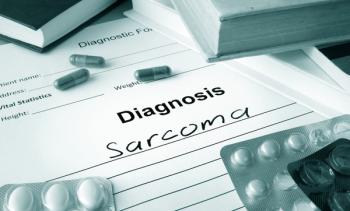
Emotional well-being and social engagement significantly impact quality of life for patients with soft tissue sarcoma post-surgery.
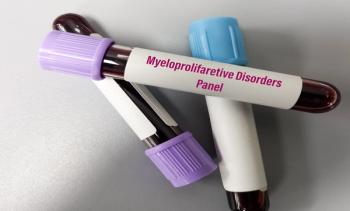
New treatment options are needed for patients with accelerated-phase or blast-phase myeloproliferative neoplasms (MPNs) ineligible for standard care.
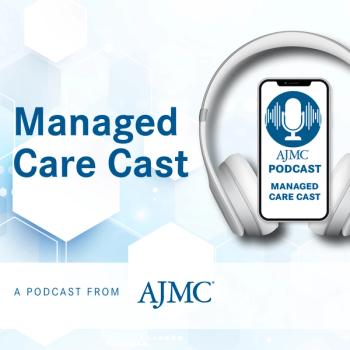
Laxmi Patel of Savista discusses how the Budget Reconciliation Act could widen Medicaid coverage gaps and strain hospitals across states.
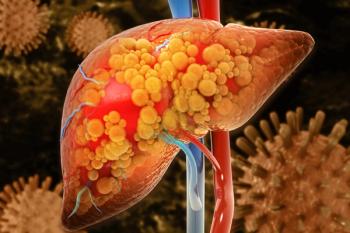
Weight loss medications show promise in improving liver health for those with chronic liver conditions, a review found.

A CCS report found that pharmacists lack time for diabetes education as workloads rise, worsening disparities and threatening adherence.

Research highlights disparities in anti-obesity medication use and metabolic and bariatric surgery.

Stronger partnerships between primary care and oncology improve patient outcomes by ensuring coordinated care and addressing financial and systemic barriers, says Mark Fendrick, MD.
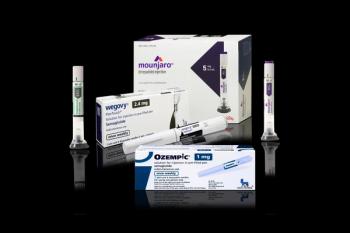
The European Association for the Study of Obesity now recommends the 2 treatments for obesity and most associated complications.

Reducing data silos and boosting transparency in oncology requires payer-provider trust and co-governance, according to Vishnukamal Golla, MD, MPH.

Timothy W. Cutler, PharmD, associate chief of ambulatory care at UC Davis Health, describes how pharmacy services patients healthy and out of the hospital.

The risk of pneumonia-related hospitalization increased the most for patients using non-TNFi biologics, climbing by 257% compared with controls.

Oncology pharmacists now work alongside providers to improve efficiency, patient education, and treatment outcomes, according to Scott Soefje, PharmD, MBA, BCOP.

Immune gene signatures were linked to illness severity and treatment response in sepsis and other critical conditions.

Oncology care requires teamwork, support services, and careful planning to ensure effective, affordable, and patient-focused treatment, according to Brian Mulherin, MD.

Emma Guttman-Yassky, MD, PhD, discusses the long-term efficacy of deuruxolitinib in alopecia areata.

Hope Krebill of the Masonic Cancer Alliance at the University of Kansas Medical Center outlines patient navigation models that improve outcomes and reduce missed appointments.

Cardiopulmonary risk is high and persistent across the entire COPD disease course, making early recognition and integrated care crucial.








